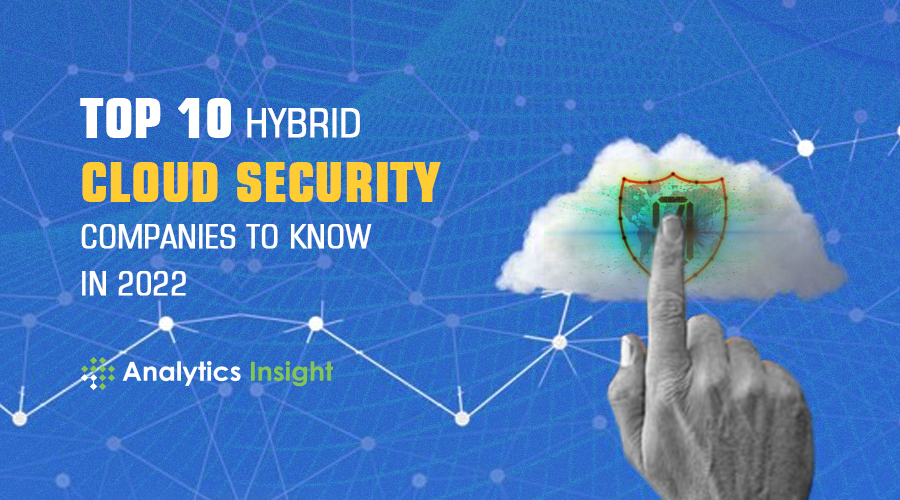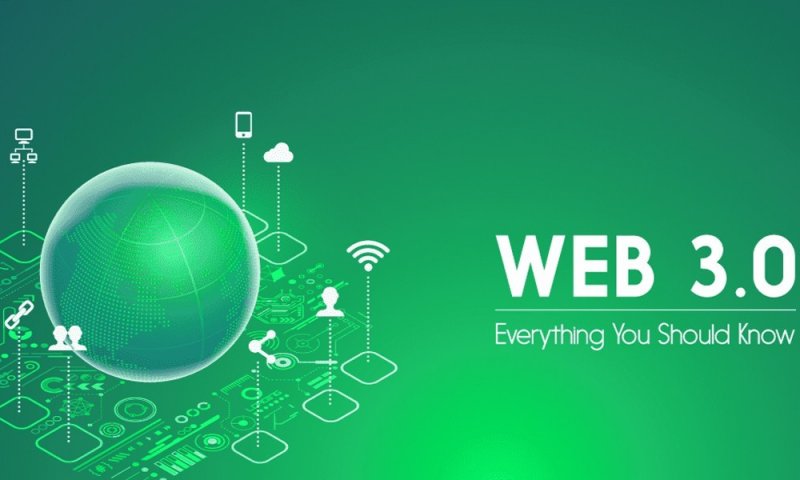Trends and Growth Opportunities in the Security as a Service Market for Comprehensive and Scalable Security Solutions
Security as a Service (SECaaS) is a cloud-based service that provides organizations with security solutions delivered over the internet. It offers a cost-effective alternative to traditional security solutions, such as software and hardware, as it is managed and maintained by a third-party service provider. SECaaS solutions can include services such as firewall protection, intrusion detection, and malware prevention, among others. These services can be scaled up or down to meet the changing needs of a business and provide enhanced security without the need for organizations to invest in expensive security infrastructure.
The Security as a Service market is growing rapidly due to the increasing demand for cost-effective and efficient security solutions. Some of the key trends in the SECaaS market include:
- Cloud Adoption: With the rise of cloud computing, organizations are moving their data and applications to the cloud, leading to an increased demand for cloud-based security solutions.
- Increased Cyber Threats: The growing number of cyber threats, such as data breaches and ransomware attacks, is driving the demand for SECaaS solutions that provide comprehensive protection.
- Compliance Requirements: The growing number of regulations and compliance requirements, such as GDPR and HIPAA, is driving the adoption of SECaaS solutions that help organizations meet their compliance obligations.
- Artificial Intelligence and Machine Learning: The integration of artificial intelligence (AI) and machine learning (ML) into SECaaS solutions is increasing their accuracy and efficiency in detecting and preventing cyber attacks.
- Increased Adoption by Small and Medium-sized Businesses (SMBs): SMBs are adopting SECaaS solutions at a rapid pace as they provide a cost-effective way to protect their businesses from cyber threats without requiring a large upfront investment.
These trends are shaping the future of the SECaaS market and are expected to continue to drive growth in the coming years.
There are several types of Security as a Service (SECaaS) solutions that organizations can choose from, depending on their specific security needs. Some of the common types of SECaaS include:
Firewall as a Service (FWaaS): This service provides firewall protection for an organization’s network and helps to secure the network perimeter.
- Intrusion Detection and Prevention as a Service (IDPaaS): This service provides real-time monitoring and analysis of network traffic to detect and prevent intrusions and other security threats.
- Identity and Access Management as a Service (IDAMaaS): This service provides centralized control and management of user identities and access to applications and data.
- Email Security as a Service (ESaaS): This service provides protection against email-borne threats, such as phishing and malware, and helps organizations secure their email systems.
- Web Security as a Service (WSaaS): This service provides protection against web-based threats, such as cross-site scripting (XSS) and SQL injection, and helps organizations secure their web applications and websites.
- Data Loss Prevention as a Service (DLPaaS): This service provides protection against data loss and helps organizations secure sensitive data.
- Encryption as a Service (EaaS): This service provides encryption for an organization’s data in transit and at rest, helping to secure sensitive information.
These are some of the common types of SECaaS solutions that organizations can choose from. The specific SECaaS solution will depend on the organization’s specific security needs and requirements.

